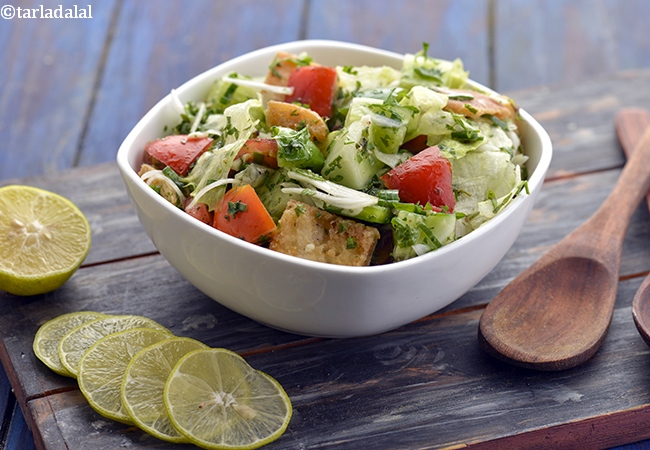Lemon rind is the peel or the skin of lemon fruit. To remove lemon rind, wash the fruit thoroughly. Now place the lemon unpeeled on the holes of the grater and gently start peeling the skin from top to bottom. It should consist of only the thin yellow skin and not the white portion. It has a nice fragrance and is used as ingredient in baked goods. The lemon rind should be stored in air tight container under refrigeration until its use. Its main purpose is to flavour food. You can also use it in garnishing a salad or in dressing or for a mocktail, which consists of lemon fruit.
Indian cakes using lemon rind
Make this simple eggless lemon cake with easily available ingredients in India. We have made this a vegetarian lemon cake ( no egg lemon cake) as there are a very large number of Indian’s who don’t eat eggs.
Indian style lemon cake is made from lemon rind, lemon juice, plain flour, baking powder, baking soda, curds, powdered sugar and oil.
 eggless lemon cake | Indian style lemon cake | vegetarian lemon cake | no egg lemon cake |
eggless lemon cake | Indian style lemon cake | vegetarian lemon cake | no egg lemon cake |
Zest for Life: A Note on Indian Recipes Using Lemon Rind
Lemon rind, the fragrant yellow outermost layer of the lemon peel, is a hidden gem in Indian cuisine. Often overlooked, it adds a surprising depth of flavor and aroma to various dishes, taking them from ordinary to extraordinary. Let's explore the magic of lemon rind in Indian cooking:
Aromatic Delights:
- Curries and Stews: A touch of grated lemon rind near the end of cooking can uplift curries and stews. The citrusy aroma brightens the dish and complements spices like cardamom or coriander. South Indian sambar sometimes incorporates lemon rind for a unique twist.
- Tarka Dals: The "tadka," a hot oil infused with spices, is a crucial element in many dals. Adding a pinch of lemon rind to the tadka infuses the dal with a refreshing citrusy note that cuts through the richness.
 fattoush salad | middle eastern fattoush salad | vegetarian fattoush salad | lebanese fattoush salad |
fattoush salad | middle eastern fattoush salad | vegetarian fattoush salad | lebanese fattoush salad |
Beyond Savory:
- Raita: Cooling yogurt-based raita, often served alongside curries, benefits from the addition of lemon rind. It cuts through the creaminess and adds a touch of zest that complements the other flavors.
- Rice Dishes: Biryani and pulao can be elevated with a touch of lemon rind in the spice mix. The citrus aroma adds a refreshing quality to these fragrant rice dishes.
- Desserts: Lemon rind shines in Indian desserts like shrikhand (strained yogurt) or phirni (rice pudding). It adds a delightful citrusy zing that perfectly complements the sweetness.
Unlocking the Flavor:
- Grated vs Zested: While both grated rind and zested rind work, using a zester is preferable. It removes only the yellow part, avoiding the white pith which can be bitter.
- Timing is Key: Lemon rind is most fragrant when freshly grated. Add it towards the end of cooking to retain its volatile oils and bright citrus aroma.
A World of Flavors:
- Regional Variations: The use of lemon rind might vary slightly depending on regional cuisines. Some South Indian dishes might feature it more prominently compared to North Indian fare.
- Beyond Lemons: Experiment with other citrus rinds like orange or grapefruit for a unique twist on traditional recipes.
In conclusion, lemon rind is a versatile and underutilized ingredient in Indian cooking. Its ability to add a burst of citrusy aroma and flavor elevates both savory and sweet dishes. Embrace the zest and explore the world of culinary possibilities that lemon rind offers!